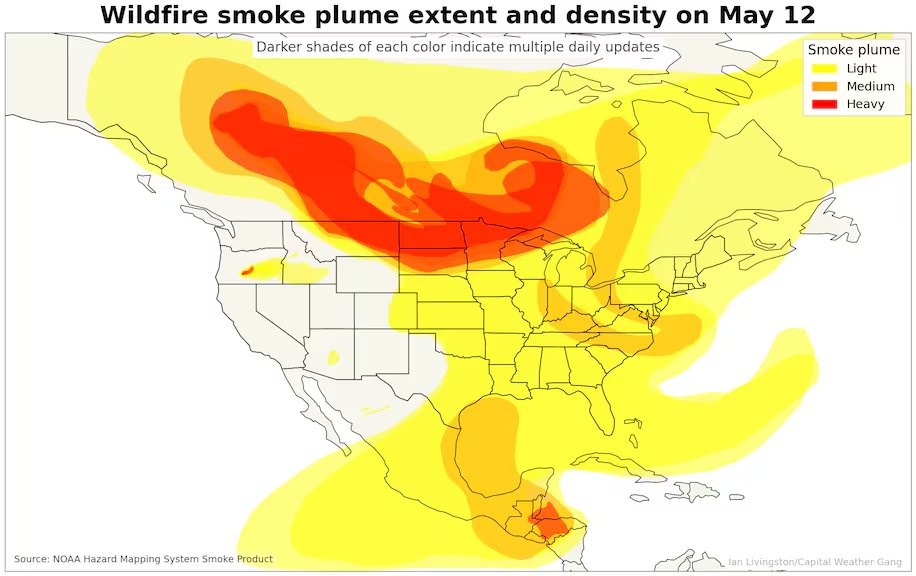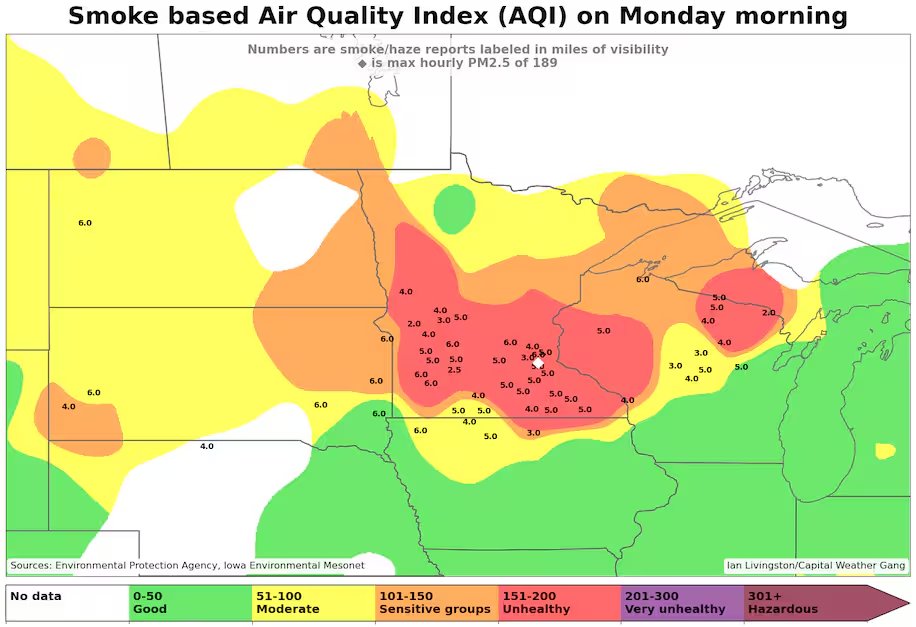Residents of SW Louisiana navigating minefield of hazards:
* #HurricaneLaura aftermath with 250K w/o electricity, over 100K w/o water
* Punishing heat/humidity...heat index values 105-109 today
* Coronavirus pandemic
wapo.st/3gPPSVS (1/x)
* #HurricaneLaura aftermath with 250K w/o electricity, over 100K w/o water
* Punishing heat/humidity...heat index values 105-109 today
* Coronavirus pandemic
wapo.st/3gPPSVS (1/x)
Several parishes in SW Louisiana still almost entirely without power, including Calcasieu Parish - home to Lake Charles - amid the relentless heat. “It’s terrible right now. I’m on my third shirt today," said resident. (2/x) 

Generators are hard to find, expensive, and dangerous if improperly installed. 8 people have died from carbon monoxide poisoning in Louisiana since Laura struck. (3/x)
The magnitude of the heat and humidity in parts of Texas and Louisiana has been historic. Dew points near 80. Galveston hard warmest low temp in recorded history Mon and Tues: 87 degrees. Houston also likely set warmest low of 84. (4/x) 

Climate change - by intensifying hurricanes and heat waves - makes the kind of overlapping hazards we're seeing in Louisiana and Texas more likely/severe. (5/5)
📷 Joe Raedle/Getty Images
📷 Joe Raedle/Getty Images

• • •
Missing some Tweet in this thread? You can try to
force a refresh



















